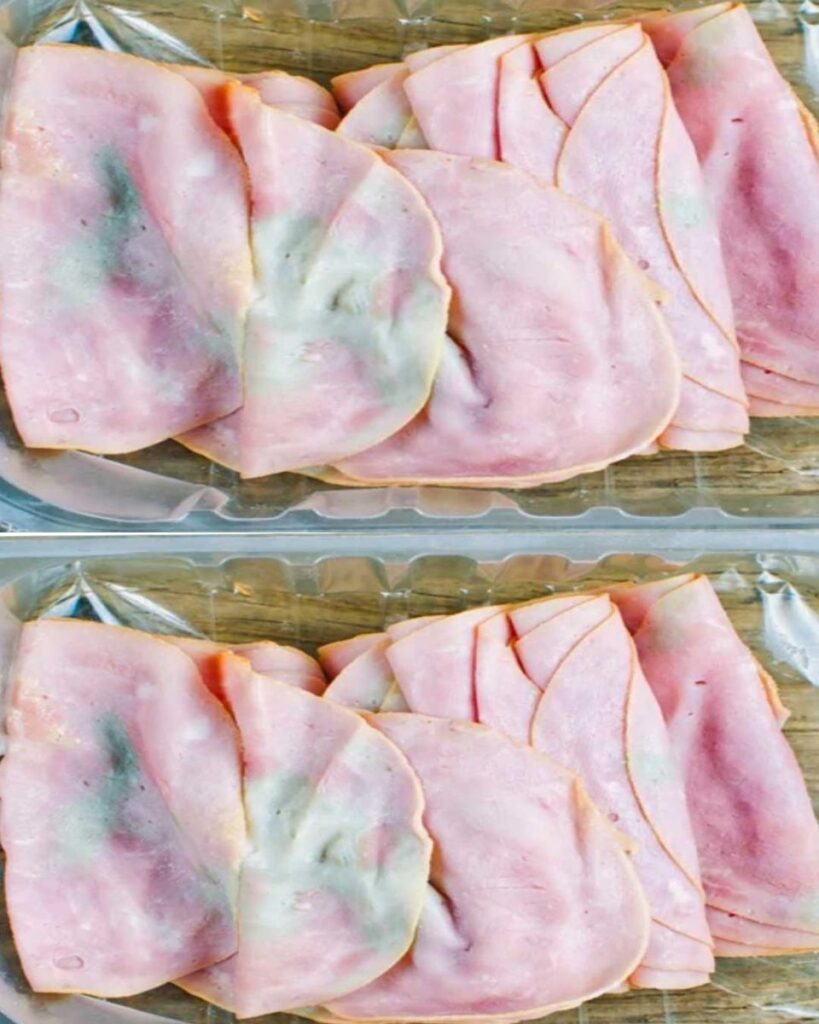
4. Freezing for Longer Storage
If you have more deli meat than you can consume within a few days, freezing is a great option:
- Wrap the meat tightly in plastic wrap, then place it in a freezer-safe bag to prevent freezer burn.
- Label with the date so you can track how long it’s been stored.
- Freeze in portions to avoid thawing more than you need at once.
- Use frozen deli meat within 1-2 months for the best quality.
- Thaw in the refrigerator overnight rather than at room temperature to prevent bacterial growth.
5. Watch for Signs of Spoilage
Even with proper storage, deli meat can still go bad. Be on the lookout for these warning signs:
- Slimy texture: Indicates bacterial growth and spoilage.
- Foul odor: A sour or off smell is a clear sign the meat is no longer safe to eat.
- Color changes: If the meat turns gray, brown, or has green spots, discard it immediately.
- Mold growth: Any visible mold means the entire portion should be thrown out.
6. Practice Safe Handling
To further prevent contamination and spoilage:
- Always wash your hands before and after handling deli meat.
- Use separate cutting boards and utensils for raw meats and deli meats.
- Never leave deli meat at room temperature for more than 2 hours.
Conclusion
Proper storage of deli meat is essential for food safety and freshness. By using airtight containers, keeping meats at the right temperature, and being mindful of expiration dates, you can extend the shelf life of your deli meats and enjoy them longer. Follow these tips to prevent waste and keep your sandwiches, wraps, and charcuterie boards tasting fresh and delicious!









